Esin Guldogan
Convolutional versus Self-Organized Operational Neural Networks for Real-World Blind Image Denoising
Mar 04, 2021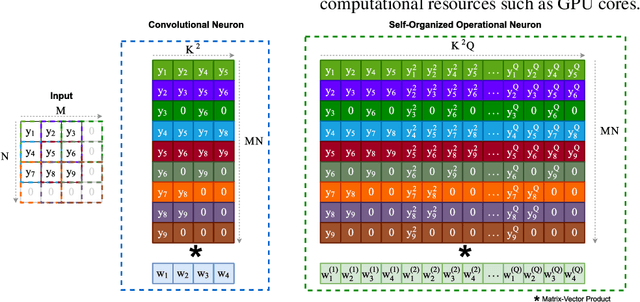
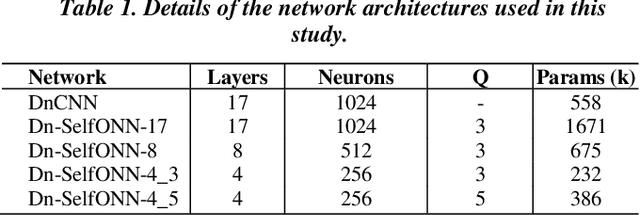


Abstract:Real-world blind denoising poses a unique image restoration challenge due to the non-deterministic nature of the underlying noise distribution. Prevalent discriminative networks trained on synthetic noise models have been shown to generalize poorly to real-world noisy images. While curating real-world noisy images and improving ground truth estimation procedures remain key points of interest, a potential research direction is to explore extensions to the widely used convolutional neuron model to enable better generalization with fewer data and lower network complexity, as opposed to simply using deeper Convolutional Neural Networks (CNNs). Operational Neural Networks (ONNs) and their recent variant, Self-organized ONNs (Self-ONNs), propose to embed enhanced non-linearity into the neuron model and have been shown to outperform CNNs across a variety of regression tasks. However, all such comparisons have been made for compact networks and the efficacy of deploying operational layers as a drop-in replacement for convolutional layers in contemporary deep architectures remains to be seen. In this work, we tackle the real-world blind image denoising problem by employing, for the first time, a deep Self-ONN. Extensive quantitative and qualitative evaluations spanning multiple metrics and four high-resolution real-world noisy image datasets against the state-of-the-art deep CNN network, DnCNN, reveal that deep Self-ONNs consistently achieve superior results with performance gains of up to 1.76dB in PSNR. Furthermore, Self-ONNs with half and even quarter the number of layers that require only a fraction of computational resources as that of DnCNN can still achieve similar or better results compared to the state-of-the-art.
Single Frame Deblurring with Laplacian Filters
Sep 17, 2020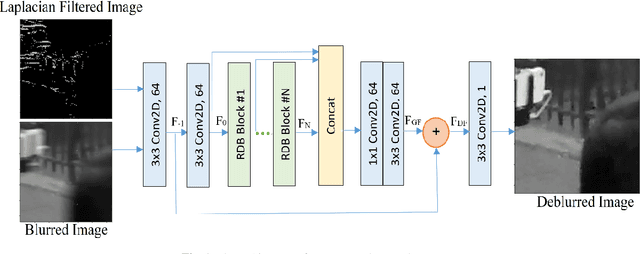

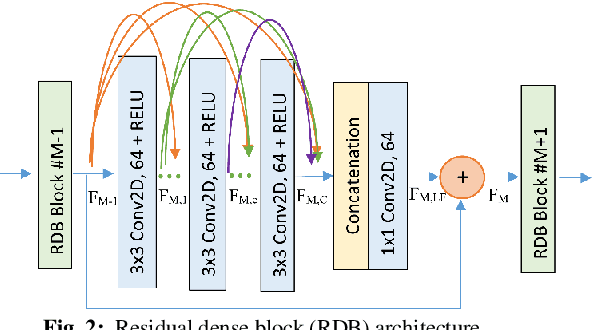
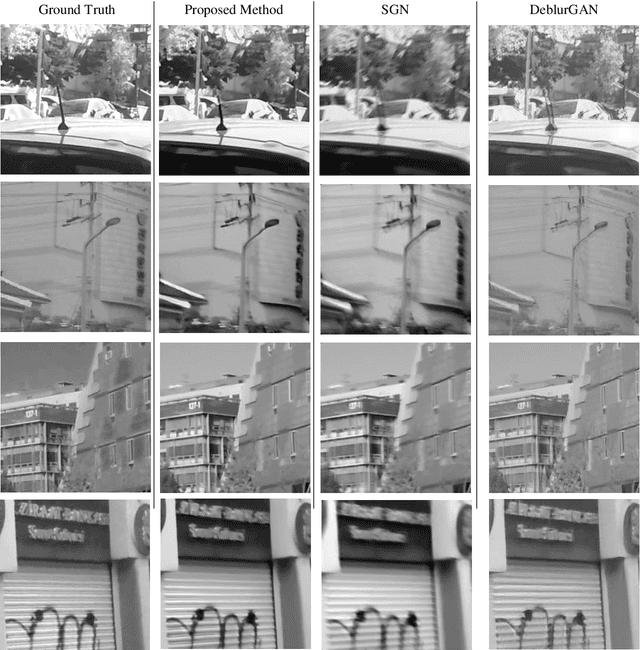
Abstract:Blind single image deblurring has been a challenge over many decades due to the ill-posed nature of the problem. In this paper, we propose a single-frame blind deblurring solution with the aid of Laplacian filters. Utilized Residual Dense Network has proven its strengths in superresolution task, thus we selected it as a baseline architecture. We evaluated the proposed solution with state-of-art DNN methods on a benchmark dataset. The proposed method shows significant improvement in image quality measured objectively and subjectively.
HARK Side of Deep Learning -- From Grad Student Descent to Automated Machine Learning
Apr 16, 2019Abstract:Recent advancements in machine learning research, i.e., deep learning, introduced methods that excel conventional algorithms as well as humans in several complex tasks, ranging from detection of objects in images and speech recognition to playing difficult strategic games. However, the current methodology of machine learning research and consequently, implementations of the real-world applications of such algorithms, seems to have a recurring HARKing (Hypothesizing After the Results are Known) issue. In this work, we elaborate on the algorithmic, economic and social reasons and consequences of this phenomenon. We present examples from current common practices of conducting machine learning research (e.g. avoidance of reporting negative results) and failure of generalization ability of the proposed algorithms and datasets in actual real-life usage. Furthermore, a potential future trajectory of machine learning research and development from the perspective of accountable, unbiased, ethical and privacy-aware algorithmic decision making is discussed. We would like to emphasize that with this discussion we neither claim to provide an exhaustive argumentation nor blame any specific institution or individual on the raised issues. This is simply a discussion put forth by us, insiders of the machine learning field, reflecting on us.
 Add to Chrome
Add to Chrome Add to Firefox
Add to Firefox Add to Edge
Add to Edge